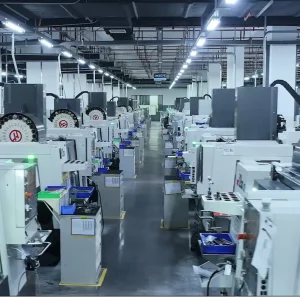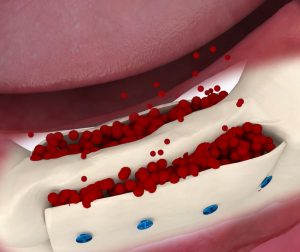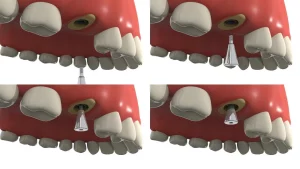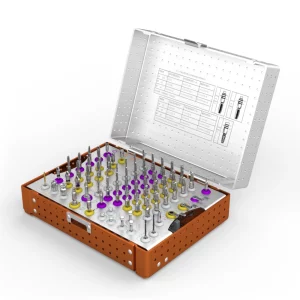This article aims to deeply analyze the unique advantages of short dental implants, clearly revealing the clinical scenarios where they excel. It also offers recommendations on the ideal implant depth for short implants compared to marginal-level implants and proposes effective solutions accordingly.
What “Short” Means in Implant Dimensions
Dental implant standards have consistently changed as a result of advances in medical technology and the development of clinical practice. Generally speaking, implants less than 10 mm were considered short implants in the early 1990s. But over time, this cutoff was further honed. During the 2018 ITI Consensus Conference in Amsterdam, a definitive agreement was made: implants measuring no more than 6 mm in length were designated as short implants. By comparing the survival rates of short implants with those of implants longer than 6 mm, this meeting not only defined short implants but also yielded useful statistics.
Note that in order to maintain the credibility and applicability of the information, our analysis and discussion will often cite the data presented at this ITI Consensus Conference. Furthermore, we support the categorization of short implants as those that are ≤6 mm, which is corroborated by the results of our previous study.
In addition, research that used a photoelastic model to analyze the data disclosed the mechanical properties of short implants. Through the simulation of both axial and lateral stress applications, this model determined that the implant’s greatest load-bearing capacity was primarily focused on its uppermost 5–6 threads. This region corresponds to the implant’s length range of 5–6 mm (assuming an average thread pitch of 0.8–1 mm). This finding contributed to our knowledge of the mechanical characteristics of small implants and offered empirical support for implant length selection in clinical settings.
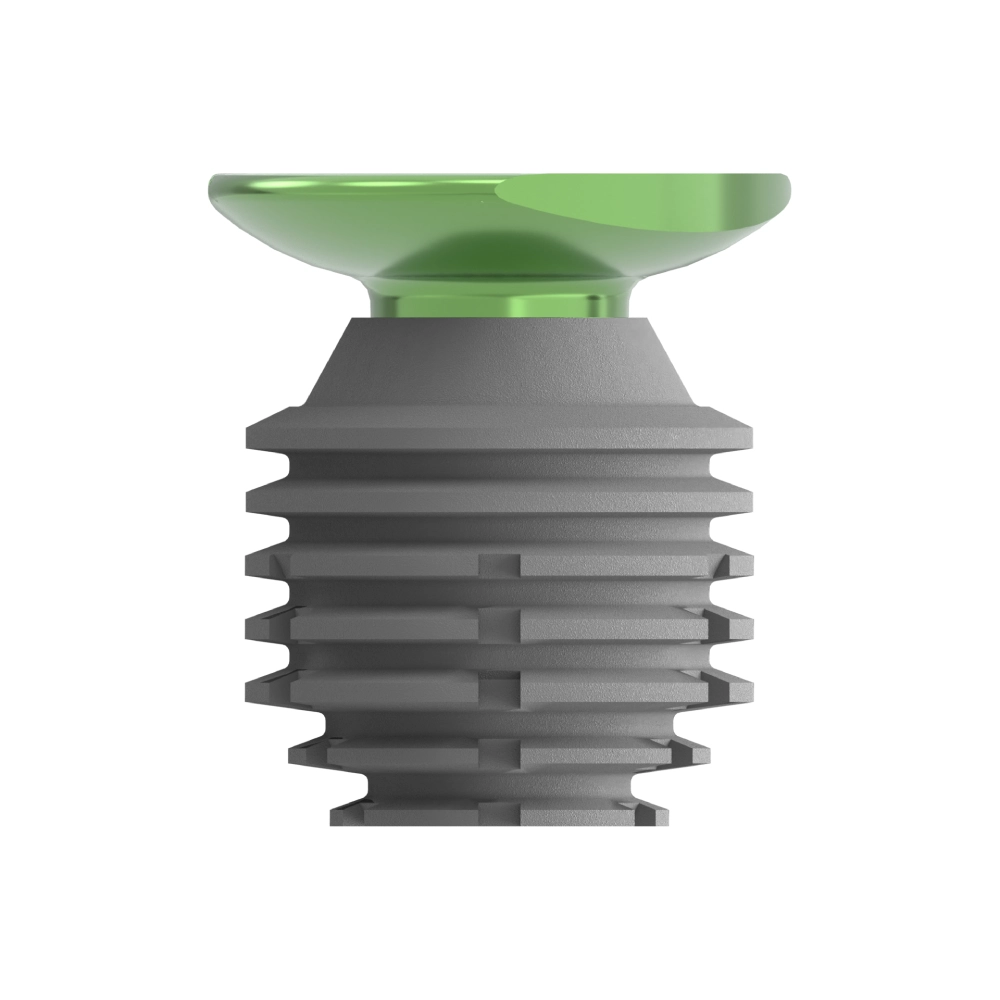
Who Requires and Why Short Implants?
There is no one-size-fits-all ideal option when it comes to the need for short implants, which is driven by a range of clinical circumstances and personal factors. On the other hand, short implants clearly demonstrate their special benefits and suitability in some medical situations. The following are the main situations and justifications for choosing short implants:
- Maxillary Conditions and Limitations: Long implants are contraindicated in situations of allergic sinusitis, chronic sinusitis, or when sinus lift treatments (which increase maxillary bone thickness) are not viable. Short implants are a better choice in these circumstances because to their smaller and more flexible nature.
- Alveolar Ridge Defects and Bone Deficiency: Conventional techniques like complex vertical augmentation can address the issue of insufficient alveolar ridge height or significant bone loss in patients, especially in the distal mandible. However, these procedures carry a high surgical risk and require a prolonged recuperation period. Short implants, on the other hand, provide a less complicated and dangerous course of therapy.
- Nerve Protection Considerations: Short implants are the greatest choice for maintaining nerve function in situations of mandibular nerve lateralization since they interact with nerve structures less, preventing nerve injury and the possible loss of feeling in the jaw. The use of short implants considerably lowers the risks associated with these problems, however they cannot be completely avoided.
- Patient Preferences and Practical Considerations: Patients may choose not to have subsequent bone augmentation procedures because of time limits, financial burden, or worries about potential problems. Because vertical augmentation requires a lot of time and has unknown hazards, patients are better served by short implants because they are effective and low risk. Additionally, brief implants provide patients more security and confidence because of their over 90% survival record.
- Change in Expert Preferences: With greater clinical experience and improved methods, a growing number of experts who had previously preferred complex bone augmentation operations are now choosing short implants in the same or comparable clinical circumstances. This change is a reflection of the medical community’s continued search for cutting-edge and optimal treatment options, as well as the maturity and dependability of short implant technology.
How Reliable Short Implants Are
Let’s examine the benefits of brief implants in practice with an engaging case study before digging into their survival rate. In a case reported by Dr. Marco Esposito, xenograft rejection and more bone loss were unintentionally caused by vertical augmentation surgery, which was meant to treat inadequate alveolar ridge height. In the face of this difficulty, the prosthesis was effectively stabilized by the placement of small implants at the edge of the afflicted region, saving the patient from another surgery and a longer recovery period. This successful instance not only demonstrates the effectiveness and practicality of brief implants in some circumstances, but it also forces a reassessment of conventional therapeutic approaches.
According to Dr. Marco Esposito’s study, small implants with a diameter of 4 mm and a length of 6 mm function remarkably well in the distal jaw area over the short term (up to a year), matching or surpassing the outcomes of long implants inserted following bone augmentation. This discovery provides important information for medical professionals: under certain circumstances, patients may benefit from shorter implants more quickly, more affordably, and less invasively.
The argument regarding short implants is still up for dispute, however. Contradictory findings are presented by several research; some affirm their high survival rate, while others note variations in their long- and short-term survival rates. It’s crucial to remember that a variety of variables, such as patient-specific variances, the surgeon’s degree of competence, and implant surface treatment technologies, may have an impact on these variations.
Renouard and Nisand, two French scientists, completed a meta-study in 2005 that significantly advanced our knowledge of brief implant uses. They discovered that since 2000, the performance of short implants has greatly improved due to the widespread use of rough-surface implants. This result emphasizes how important implant surface treatment technology is to raising survival rates.
The effect of the surgeon’s ability on the short-term survival rate of short implants is another point of emphasis in the research. Nonetheless, in order to guarantee the procedure’s effectiveness and safety, newcomers are encouraged to use care while using 6 mm short implants.
In summary, brief implants show distinct benefits and promise in certain therapeutic situations. However, their efficacy has to be carefully evaluated in light of the particular circumstances of each patient, the state of implant technology, and the degree of experience of the surgeon.
What Design Is Suitable for Short Implants
- Limited bone height may make typical implant insertion procedures very difficult, particularly if there are just 5 millimeters or less of accessible bone. In order to provide long-term stability, the traditional method of implant placement inside the alveolar ridge strives to bury the implant in thick bone. This may be challenging to do, however, especially as the bone around the implant resorbs spontaneously over time (by 0.8–1.2 millimeters each year on average).
- Alternative options need to be investigated if there is a significant lack of bone volume to securely insert an implant at least 1.2 millimeters below the alveolar ridge. Historically, some problems have been addressed by modifying the implant angle or by using customized abutments; nevertheless, their usefulness is restricted, especially in situations involving a single implant.
- Short implants become a required alternative in circumstances when the bone height is substantially decreased, particularly those implants intended for insertion at the mucosal level (i.e., implant tip at the gum line). Because of their distinctive shape, which resembles a healing cap, these implants may be exposed directly to the oral environment after the first operation, negating the need for a follow-up procedure to expose the implant. Because they reduce cortical bone perforation, these implants provide comparatively strong initial stability even at bone depths of just 4-5 millimeters.
- Clinical evidence demonstrates that these edge-level short implants may be used successfully, particularly when paired with specially made implants that have a reduced risk of complications. It’s crucial to remember that placing these implants calls for a great degree of training and expertise from a specialist and that they may not be appropriate in every circumstance.
- As a result, it is essential to take into account the operator’s expertise, the patient’s unique bone characteristics, and the expected long-term results when selecting an implant design. For the purpose of maximizing implant stability and success, classic alveolar ridge implantation is still advised in situations when bone reserves are comparatively sufficient (such as 7-9 millimeters or more). To maximize the results of implant therapy, edge-level short implants should be carefully evaluated and considered for patients whose bone height is severely limited.
How to Prosthetic on Short Implants
For brief implant repairs to last and be successful, adequate load distribution and stability during the healing period are essential. Using a splinting method is a vital tactic to do this. By mechanically joining many crowns to create a single, cohesive structure by splinting, the pressures placed on the implants are more evenly distributed. This is especially true when it comes to lowering the concentration of lateral forces, which increases the structure’s overall stability.
It is not a good idea to design an implant repair based just on one implant. When it is feasible, splinting procedures should be used to firmly attach at least two implants to the matching crowns. This design offers noteworthy benefits over single-implant restorations since it not only evenly distributes the load but also greatly lowers the likelihood of mechanical issues such screw fractures.
Furthermore, extra care should be taken to prevent cantilevered constructions and guarantee that each implant is properly fixed and supported. By preventing stress concentration and optimizing load distribution, this configuration shields the implants from needless harm.
In summary, we may successfully recover short implants and guarantee their outstanding stability and long-term survival in the oral environment by carefully arranging the implant location, using splinting procedures, and avoiding cantilever architectures.
in conclusion
This article discusses the advantages of short dental implants and their clinical applications. Short dental implants are ideal for patients with maxillary disease, alveolar ridge defects, nerve preservation, patient preference, and specialist preference. They are simpler and safer than traditional techniques and have a 90% survival rate. The ideal implant depth for short implants is ≤6 mm and the greatest load-bearing capacity is concentrated in the uppermost 5-6 threads. Patients also prefer short implants due to the low risk and survival rates of over 90%.

